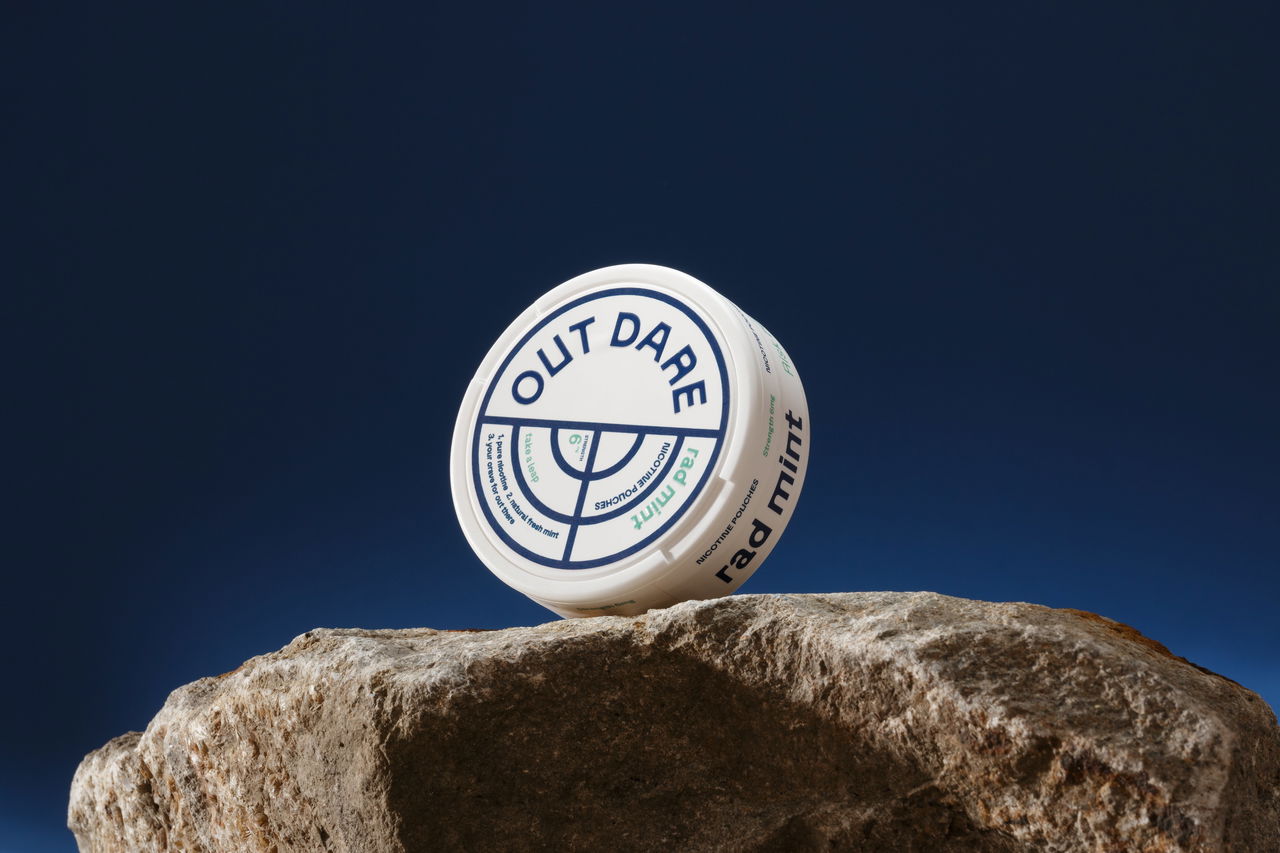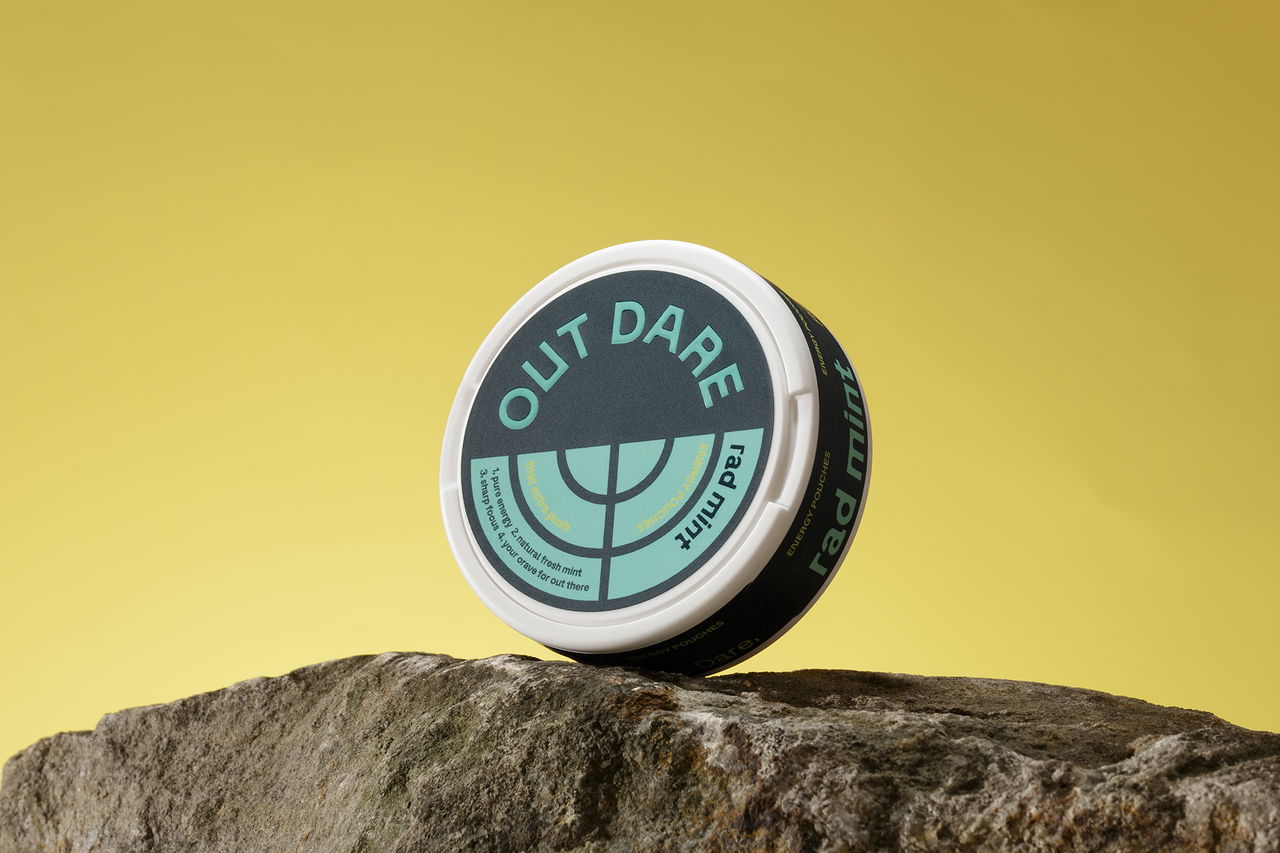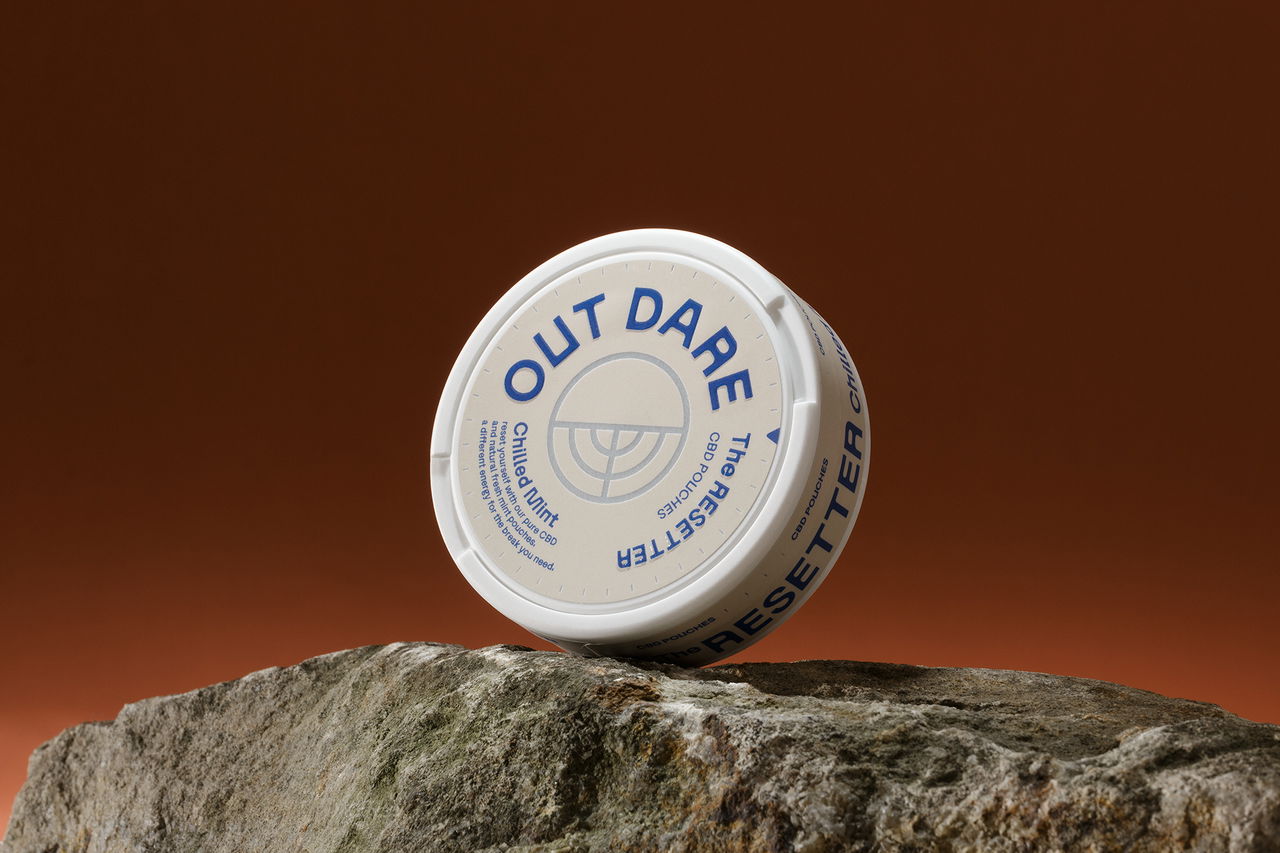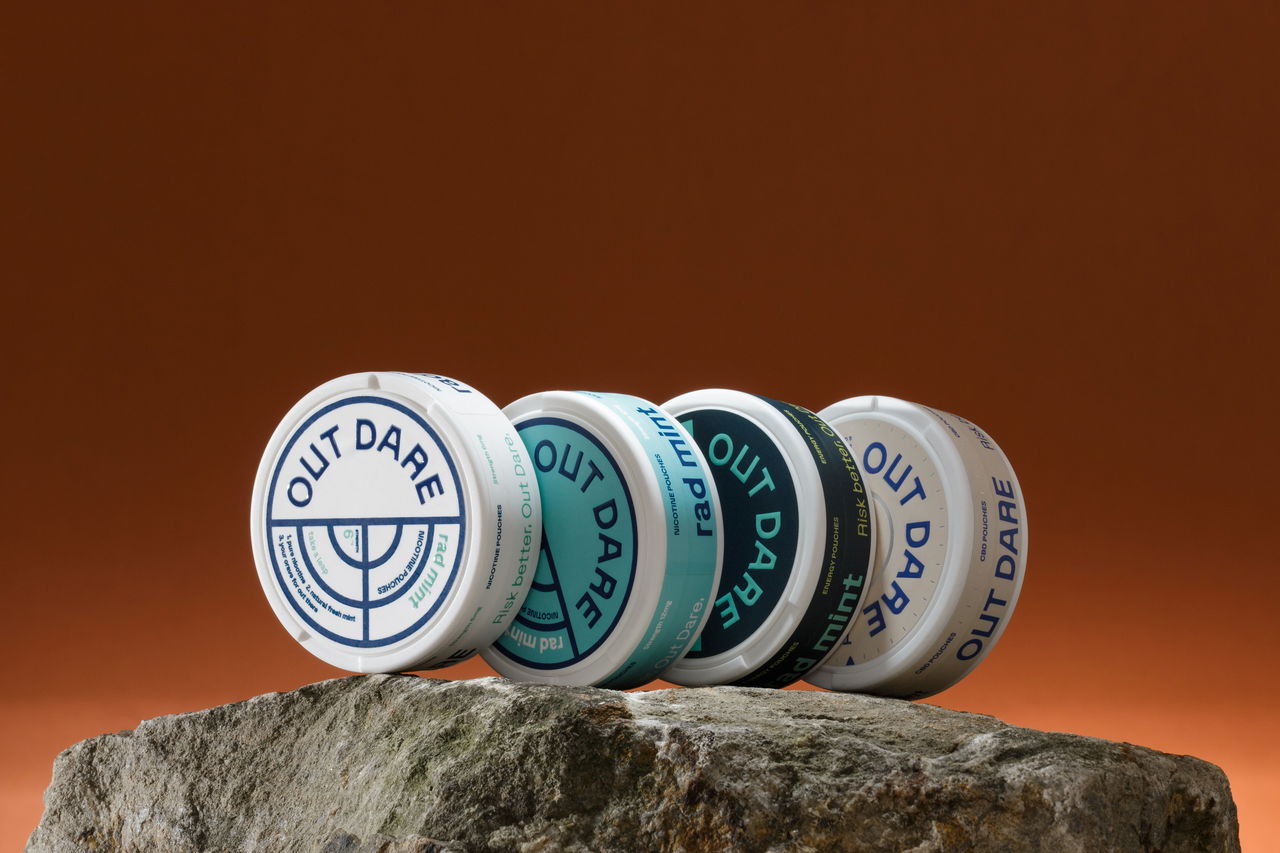
Fiberglass in Nicotine Pouches: Exploring the Risks of Zyn and Smokeless Tobacco

Written by
Published
Tue, 28/10/2025
The use of nicotine pouches has grown in popularity as an alternative to traditional tobacco products. These pouches, often marketed as a tobacco harm reduction tool, deliver nicotine without the need for smoking or chewing tobacco. However, questions have arisen regarding the ingredients found within these nicotine products, specifically the presence and potential health effects of fiberglass. This article explores the role of fiberglass in tobacco products, particularly cigarettes and nicotine pouches like Zyn, and discusses the potential risks associated with its use.
The Role of Fiberglass in Tobacco Products
What is Fiberglass?
Fiberglass is a material made from extremely fine fibers of glass. It is a versatile substance used in a wide array of applications, ranging from insulation in buildings to reinforcement in composite materials. Due to its durability and resistance to heat, fiberglass is an attractive manufacturing ingredient. It's important to note that while fiberglass is generally considered safe when used in its intended applications, concerns arise when it is potentially inhaled or ingested. It is essential to understand the composition of fiberglass to assess potential health risks when present in products intended for oral use or inhalation like certain smokeless tobacco or nicotine pouches.
How Fiberglass is Used in Cigarette Filters
In the realm of tobacco products, specifically cigarettes, fiberglass has been incorporated into cigarette filters. The intended purpose of adding fiberglass is to enhance the filtration process. The effectiveness of fiberglass in cigarette filters is summarized in the table below. It is important to consider that cigarettes, as tobacco products, contain nicotine.
Aspect
Intended Purpose
Effectiveness
Details
Enhance filtration, capturing more particulate matter.
Debated; may not significantly reduce health risks and may even contribute to other health problems. Tiny glass particles could potentially detach and be inhaled, leading to respiratory irritation.
Concerns About Fiberglass in Pouch Products
The presence of fiberglass in nicotine pouches like Zyn raises concerns about how nicotine is absorbed. Unlike traditional smokeless tobacco, which uses tobacco to deliver nicotine, nicotine pouches rely on other ingredients. These ingredients often include:
Cellulose or plant fiber as a base
Sweeteners and flavoring
The worry stems from fiberglass's potential to cause irritation or damage to the oral tissues, even in small quantities. Consumers are paying close attention to ingredients, and the long-term health risks of nicotine pouch use are being debated by health experts.
Health Risks Associated with Smokeless Tobacco
Health Effects of Smokeless Tobacco Products
The use of smokeless tobacco products, such as chewing tobacco, moist snuff, and snus, carries significant health risks. While often marketed as alternatives to cigarettes, they are far from harmless. Smokeless tobacco contains nicotine, a highly addictive substance, and numerous other harmful chemicals. Regular use can lead to nicotine addiction and oral health problems. Some of the oral health risks are summarized below:
Health Effect
Oral Cancer
Other Oral Issues
Description
Increased risk of oral cancer, including cancers of the mouth, tongue, and throat, due to constant exposure of oral tissues to harmful constituents.
Gum disease, tooth decay, and leukoplakia (white patches in the mouth that can become cancerous).
Comparative Risks: Smokeless Tobacco vs. Cigarettes
When comparing the health risks of smokeless tobacco and cigarettes, it's crucial to recognize that both are tobacco products and pose significant threats to health. While cigarettes are associated with lung cancer, heart disease, and respiratory illnesses, smokeless tobacco products primarily affect oral health. However, smokeless tobacco is not a safe alternative to cigarettes. Some studies suggest that the risk of certain oral cancers may be higher with smokeless tobacco use than with smoking. Cigarettes, as tobacco products, deliver nicotine through inhalation, affecting the lungs and cardiovascular system. In contrast, smokeless tobacco products deliver nicotine through the oral mucosa. Nicotine levels can be high with both products, leading to addiction. The presence of fiberglass in some nicotine products, like nicotine pouch brands, adds another layer of complexity when assessing the comparative health risk. Many are turning to Zyn nicotine pouches, with the appeal of tobacco-free nicotine products that aid absorption of nicotine with less overall health risk.
Using Nicotine Pouches as a Replacement Therapy
Benefits of Nicotine Replacement Therapy
Nicotine replacement therapy (NRT) is a strategy designed to aid smokers in quitting tobacco products by providing controlled doses of nicotine without the harmful chemicals found in cigarettes. Traditional forms of NRT include nicotine patches, gum, lozenges, and inhalers. However, nicotine pouches, including Zyn nicotine pouches, are emerging as a modern alternative. The benefit of NRT lies in its ability to alleviate nicotine withdrawal symptoms, such as cravings and irritability, making it easier for individuals to gradually reduce their dependence on nicotine. When someone wants to quit smoking cigarettes, or chewing tobacco, sometimes the health risk is lower if the person would use nicotine pouches, like Zyn pouches, as temporary alternatives.
Are Nicotine Pouches Safer Than Smoking?
The question of whether nicotine pouches are safer than smoking is complex and depends on several factors. Cigarettes, as tobacco products, deliver nicotine along with thousands of harmful chemicals produced during combustion. These chemicals are responsible for the vast majority of smoking-related diseases. Nicotine pouches, on the other hand, deliver nicotine without combustion, eliminating exposure to many of these toxins. Nicotine pouches do not contain tobacco, so they are considered a tobacco-free nicotine product. However, nicotine pouches still contain nicotine, which is addictive and can have adverse health effects, particularly on cardiovascular health. While nicotine pouches may present a lower health risk compared to smoking, they are not entirely risk-free. If a nicotine product contains fiberglass, the health risk increases. It is very important to read the nicotine pouch brands' ingredient list.
Ingredient List and Consumer Awareness
Consumer awareness regarding the ingredient list of nicotine products is crucial for making informed decisions about their use. While many nicotine pouches, like Zyn pouches, are marketed as tobacco harm reduction tools, it's important to understand what these pouches contain. Typically, nicotine pouch products include nicotine, cellulose or plant fiber as a base, sweetener, flavoring, and other additives to enhance the absorption of nicotine. Some brands, like Swedish Match, clearly outline their ingredients, while others may lack transparency. The presence of potentially harmful substances, such as fiberglass, raises significant concerns. Consumers should scrutinize the ingredient list and seek out products that provide full disclosure. Ultimately, informed consumers are better equipped to assess the potential health risks and benefits associated with using nicotine pouches.
Conclusion: Making Informed Choices
Evaluating the Risks of Nicotine Pouches
When evaluating the risks associated with nicotine pouches, consumers must consider the full scope of potential health effects. Although nicotine pouch products are often presented as a tobacco harm reduction strategy, they are not without risk. The presence of fiberglass, even in trace amounts, can elevate the health risk due to its potential to cause irritation or damage to oral tissues. The ingredient list should be carefully reviewed, and any presence of fiberglass should raise a red flag. While nicotine is absorbed through the oral mucosa, the long-term consequences of this delivery method are still being studied. Users should also consider the nicotine content and their own nicotine levels to avoid dependence. It is important to remember that even if a nicotine pouch does not contain tobacco, the use of nicotine products can still pose risks.
Future of Smokeless Tobacco Products
The future of smokeless tobacco products, including nicotine pouch brands like Zyn, is likely to be shaped by ongoing research, evolving regulations, and shifting consumer preferences. As more studies are conducted on the health effects of these nicotine products, there will be a greater understanding of the long-term risks and benefits. Regulatory agencies may impose stricter guidelines on manufacturing processes, ingredient list transparency, and marketing practices to ensure consumer safety. Consumers are becoming increasingly informed about the potential dangers of tobacco and nicotine, which may lead to a demand for safer alternatives. Innovations in nicotine delivery systems and flavorings are likely to continue, potentially driving the development of nicotine pouches that minimize health risks while still satisfying nicotine cravings. Tobacco-free nicotine pouches may become more prevalent as consumers seek alternatives to traditional smokeless tobacco.
Recommendations for Smokers Considering Alternatives
For smokers considering alternatives, such as nicotine replacement therapy or nicotine pouches, it's essential to approach the decision with caution and awareness. Before switching from cigarettes or chewing tobacco to nicotine pouch products like Zyn nicotine pouches, smokers should consult with healthcare professionals to assess their individual health risks and discuss the potential benefits and drawbacks of different options. Smokers should prioritize products with clear and transparent ingredient lists, avoiding any nicotine products that contain potentially harmful substances like fiberglass. Evaluate the nicotine content and choose pouches with lower nicotine levels to gradually reduce nicotine dependence. Understand how nicotine is absorbed by nicotine pouches to consider the health risk. Consumers should explore nicotine pouch brands that have received positive reviews and undergo rigorous testing, such as Swedish Match, or other tobacco-free nicotine pouches.

















